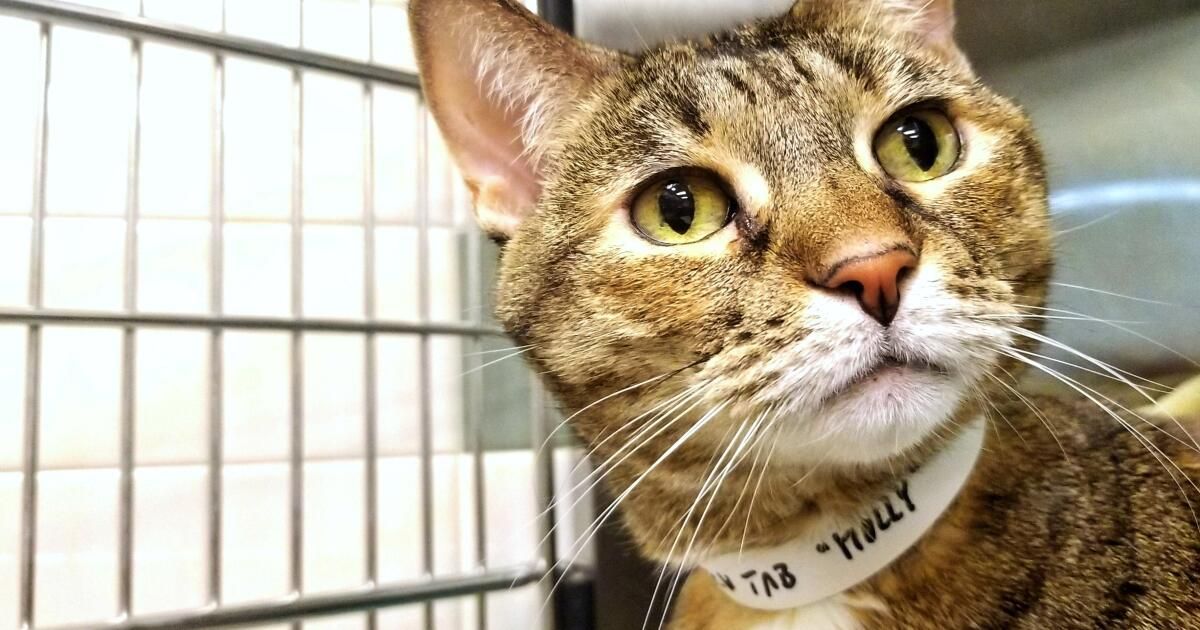When I started working with cats almost 25 years ago, it was purely out of personal interest. My own cat, Kittums, had recently passed away. I decided to volunteer at a local animal shelter to have more time with the felines: I was in mourning and necessary More cats in my life. There was plenty of instant gratification to be found at the San Francisco Society for the Prevention of Cruelty to Animals: cuddling purring cats and playing with playful kittens. These people had no problems finding new homes.
But there was another population at the shelter: cats who weren't coping well with the transition to shelter life. Those who had lost their homes and were now hiding, hissing and not wanting to hug each other: the “behavioral cats,” as they were called. When I learned about them, I realized that my calling at the shelter was not to meet my own needs but theirs.
These animals didn't get instant gratification, but working with them ended up being the most rewarding part of the shelter experience. His rehabilitation required a great deal of patience and time (not to mention gentle handling, treats, and play). The good news is that we were constantly able to find them new homes where they could flourish.
But the important thing is not just to find a home for a cat: we must make sure they stay in those homes. Cats often end up in shelters due to their behavior: fear, aggression or dirtying the house can be intolerable for humans. I became motivated to learn everything I could about cats so I could help keep them out of the shelter: I decided to become a feline behavior consultant.
Soon I found myself in the salon of my first clients. They were an engaged couple who had recently blended families: Jennifer with her elderly cat, Simon, and John with her energetic pup, Chip. To say it wasn't going well was an understatement, as Simon was peeing on the couch and wanted nothing to do with Chip.
As I chatted with them to get more information, I noticed John was avoiding eye contact with me. He was sitting hunched over with his arms crossed. A few minutes into our conversation, he stormed out of the room.
“He wants me to put Simon to sleep,” Jennifer whispered, tears welling in her eyes. In fact, I felt a little like crying too. Was she over my head? Should I just tell her to leave John?
After the moment of panic dissipated, I realized the stakes were high. I was able to help Jennifer identify environmental changes she could make, including moving the litter boxes to places where Simon felt safe. Adding pet stairs would allow Simon to access high points where he could get away from Chip. I recommended her to a reputable dog trainer who could help Chip be a happy, well-behaved pup, and we came up with a plan to bathe both pets with treats when they were together to help them build positive associations with each other.
Since then, I've worked with hundreds of cat owners and seen it all: couples separating or sleeping in separate beds because of their cats; people who are afraid to receive guests because their house smells like cat urine; sleep-deprived humans with a cat that keeps them up all night.
I realized that although many of these people had lived with cats their entire lives, they often didn't know much about the species. Cats have instincts to scratch, climb, hide, hunt, and relieve themselves in a clean space. They can be territorial and distrustful of newcomers. These instincts can cause conflict when we don't give our cats acceptable outlets, such as sturdy scratching posts, cat trees, hiding places, and clean litter boxes. And when we try to introduce them to another pet too quickly, the fur can literally fly away.
When pet owners know what makes our cats happy, we know how to provide them with a healthy environment. Although our cats cannot directly tell us what is bothering them, we can learn a lot by observing them closely. From there, we can better interpret what a cat's behavior is saying and, as a result, have a better relationship with the animal.
A few years after I met Jennifer and John, they came to the same San Francisco shelter where I started this work. They were happily married and looking for a new cat to adopt. Simon had recently died of old age. Things had been going so well between him and Chip that the couple felt ready to introduce another cat into their home. It was a much better ending than he had ever expected as he sat in his living room that first afternoon.
When I started on this path, my only goal was to help cats. That's what gets me out of bed every morning and what gives meaning to my life. It took me a little longer to realize how much this work helps humans too.
Mikel María Delgado is a scientist and writer based in Sacramento. and author of the upcoming book “Play with Your Cat! The essential guide to interactive play for a happier, healthier feline.”












